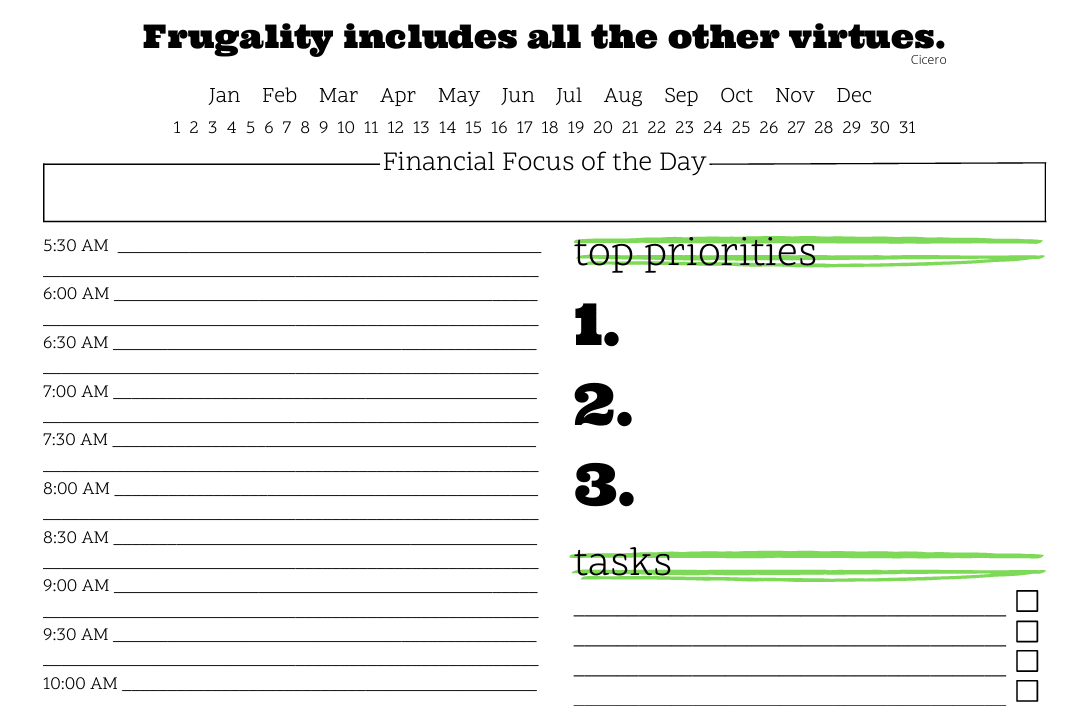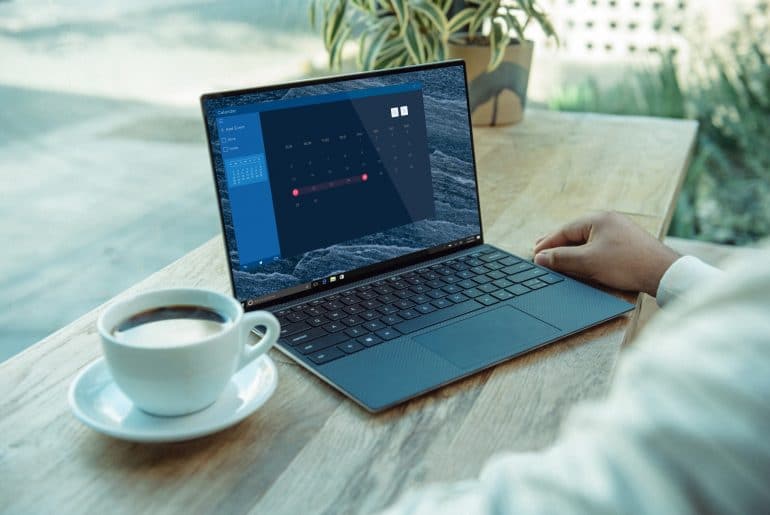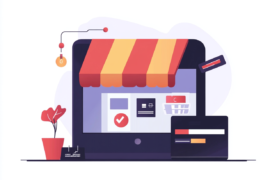This article may contain references to products or services from one or more of our advertisers or partners. We may receive compensation when you click on links to those products or services. Nonetheless, our opinions are our own.

Updated by Albert Fang
Affiliate marketing is a great way to start your journey in online business. Whether you already have a blog, or you’re planning to create one, affiliate marketing can be a consistent way to monetize traffic and generate passive income.
But how do you get started?
Where do you find affiliate programs?
How can you attract more people on your platform?
If you want the answer to those questions, this article is for you.
Do Niche Research
The first thing you need even before you have a successful blog is knowledge of the market you want to get into. It goes without saying that you’ll want to enter a niche which has profitable affiliate opportunities.
The easiest way to identify these opportunities is to go to affiliate marketing platforms like ShareASale, Clickbank and Awin, and search for the niche you’d like to work in. For each affiliate program, make sure you check:
- The commission rate it offers. This is extremely important especially if you want to get traffic with the help of paid ads as well. Without it, you can’t know if you’ll make a profit. However, note that we’re strong believers in growing sites organically, so we won’t focus as much on paid ads in this piece.
- The cookie duration. This is the time frame after someone clicked on your affiliate link in which a sale will be attributed to you. Of course, the longer, the better.
- The average order size. Not all programs will make this information available, but if you can, definitely check it.
- The sales funnel. Gauge how efficient a program is at selling the product to the people you send their way.
After you gauge this information, compare it to the averages of other market. Just make sure you don’t get deceived by the numbers at this point. You’re not really trying to estimate your earnings for the final quarter of the year, you only want to see if there are generally good affiliate programs in your niche.
For example, if all programs in your niche offer a 30 days cookie duration, but there’s one that only offers 7, that doesn’t mean the latter is a bad program. If they have a strong sales funnel, good commissions, and a lower average order size, 7 days might be more than enough.
Another thing you can do is look at your potential competitors, and see what affiliate programs they’re using. This can also be a good indicator of valuable programs in your niche. If you think you found a crazy opportunity SEO-wise, but you don’t see a lot of affiliate programs for that specific market, and there aren’t really a lot of competitors thriving on the SERP, you might be missing something.
If you don’t want to do the research yourself, don’t worry. At Authority Hacker, we’ve created a roundup of the best affiliate programs for beginners. Check it out if you want to see what the best programs are for someone that’s just getting started in this market.
And remember: affiliate marketing takes time to pull off. Especially if you want to monetize organic traffic. So spend some decent time to validate your idea, and make sure there is a niche for what you want to do in the first place.
Set-up a Platform
For consistent earnings in affiliate marketing, you need a strong platform to attract traffic to. Based on how affiliate marketing has evolved in the past decade, this can mean anything from an Instagram profile, to a Youtube channel or a website. As long as you have an audience, you can use affiliate marketing to generate passive income.
In our experience, a website is one of the most guaranteed ways for anyone to leverage affiliate marketing. You can have a step-by-step process to set-up a good site that’s guaranteed to have some results in the long-run. This is not really possible with any other platform.
So that’s why we’ll focus on building a website, and use that as a platform to run affiliate marketing campaigns through organic traffic.
To set-up a website, you’ll need:
- A domain and hosting. Cloudways and Siteground are both good options to get hosting, and they have an in-built domain finder, so you can take care of everything all in the same place. Don’t be too quick with choosing a domain. Once you buy it and start working on it, it can’t be changed. But don’t overdo it either. If you’ve been struggling with a domain name for over a week, just pick whatever feels best and get on with it.
- A way to build your site. At the moment, we recommend WordPress (which is automatically added on your hosting in Cloudways and Siteground) in combination with GeneratePress and GenerateBlocks. All of these tools are easy to use, and offer a lot of customization options, even for people that aren’t tech-savvy.
- A plan for your site. We think the easiest way to build something decent quickly is to get inspired from sites that you think look good. If this is your first time creating a site, don’t be too hellbent on the mock-up. Just use it as a general guideline.
If you have the budget for it, we think it’s worthwhile to hire a web developer to create a site for you. However, make sure you can afford to keep them onboard in the long-run, or learn how to do minor modifications yourself. You’ll need this flexibility once you want to change offers, implement new tools, or silo your content.
Attract an audience
With a website up and ready to go, it’s time to try to land a spot on the SERP (Search Engine Results Page). Being on the first page of Google for a competitive keyword guarantees consistent traffic, which you can then monetize with affiliate campaigns.
Here’s how you can go about it:
- Research long-tail or non-competitive keywords. Tools like Ahrefs or KWFinder can take a seed you input (like let’s say – “best diets” if your niche is fitness and health) and then recommend dozens, or even hundreds of keywords.
- Choose keywords that have a high volume of searches, but a low competition. These metrics are usually clearly visible for all keywords in any tool.
- Create valuable content around that keyword. Make sure you feature it in the title, meta-data, and body of the article. Don’t use it artificially in a piece – try to only use the main keyword of an article at a normal cadence, all throughout a piece.
- Upload the article in WordPress.
- Start a link building campaign to obtain backlinks and gain authority in the eyes of Google.
Rinse and repeat weekly for new content.
All of this is, of course, a massive simplification of the process. Each step takes a lot more to pull-off right. But it’s a good starting point to keep in mind.
Start An Affiliate Campaign
We recommend you only start monetizing your site once you have a few thousand visits each month. Doing it sooner can only be an extra headache with no payoff. You won’t be making a lot of money from affiliate marketing fast, so see this as a slow process.
However, once you do have some traffic, you can pick one of the affiliate campaigns you researched before, and reach out. We placed this step last, because most campaigns will want to take a look at your platform before they agree to work together. If you have something to show for your effort when that happens, it’s likely that you can strike a deal with anyone.
Here’s another important thing to keep in mind – we strongly believe that you should only recommend products you actually believe in. In the process of creating content for your site, you should get accustomed to the products in your niche, so only promote those that you’ve actually used. This will go a long way in establishing healthy customer relations.
In Conclusion
Affiliate marketing is a very effective way to monetize any traffic you can get. But if you don’t already have a successful platform, how do you go about it?
In short, you’ll need to:
- Research your niche carefully
- Set-up a site
- Create valuable, SEO-optimized content for that site
- Shake hands with merchants that offer affiliate programs
If this article got you interested in starting an online business, don’t forget to check our resources page for running a successful business.

Reviewed and edited by Albert Fang.
See a typo or want to suggest an edit/revision to the content? Use the contact us form to provide feedback.
At FangWallet, we value editorial integrity and open collaboration in curating quality content for readers to enjoy. Much appreciated for the assist.
Did you like our article and find it insightful? We encourage sharing the article link with family and friends to benefit as well - better yet, sharing on social media. Thank you for the support! 🍉
Article Title: How To Get Started With Affiliate Marketing
https://fangwallet.com/2021/09/02/how-to-get-started-with-affiliate-marketing/The FangWallet Promise
FangWallet is an editorially independent resource - founded on breaking down challenging financial concepts for anyone to understand since 2014. While we adhere to editorial integrity, note that this post may contain references to products from our partners.
The FangWallet promise is always to have your best interest in mind and be transparent and honest about the financial picture.
Become an Insider

Subscribe to get a free daily budget planner printable to help get your money on track!
Make passive money the right way. No spam.
Editorial Disclaimer: The editorial content on this page is not provided by any of the companies mentioned. The opinions expressed here are the author's alone.
The content of this website is for informational purposes only and does not represent investment advice, or an offer or solicitation to buy or sell any security, investment, or product. Investors are encouraged to do their own due diligence, and, if necessary, consult professional advising before making any investment decisions. Investing involves a high degree of risk, and financial losses may occur including the potential loss of principal.
Source Citation References:
+ Inspo












































